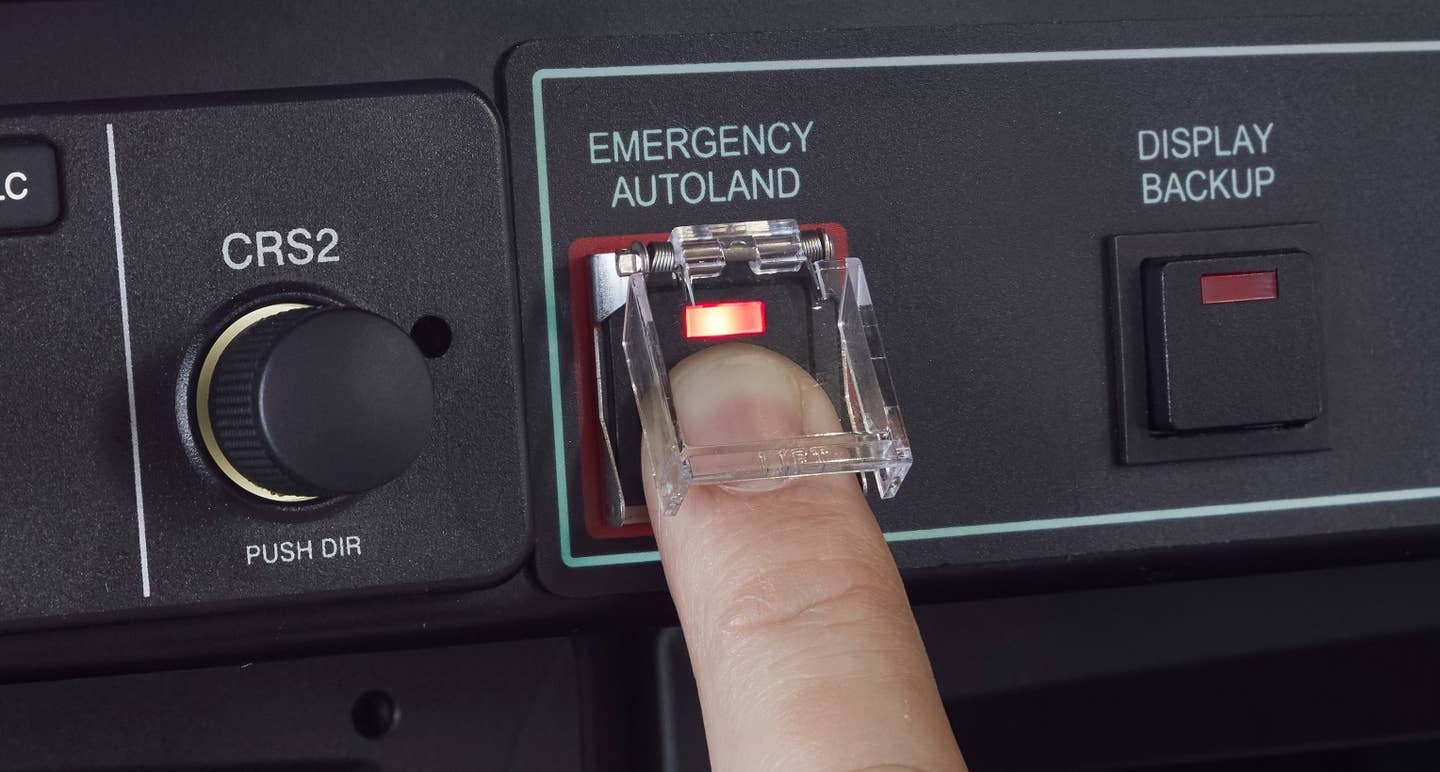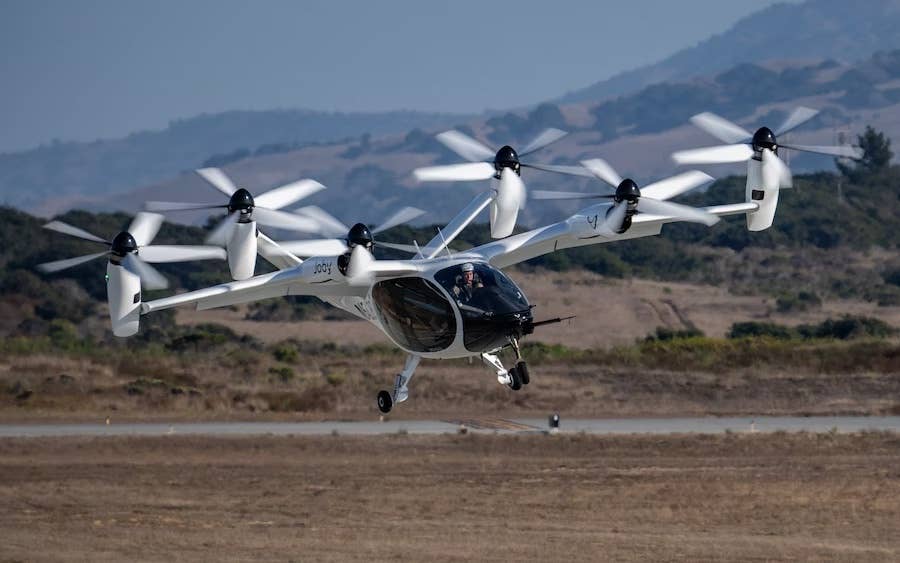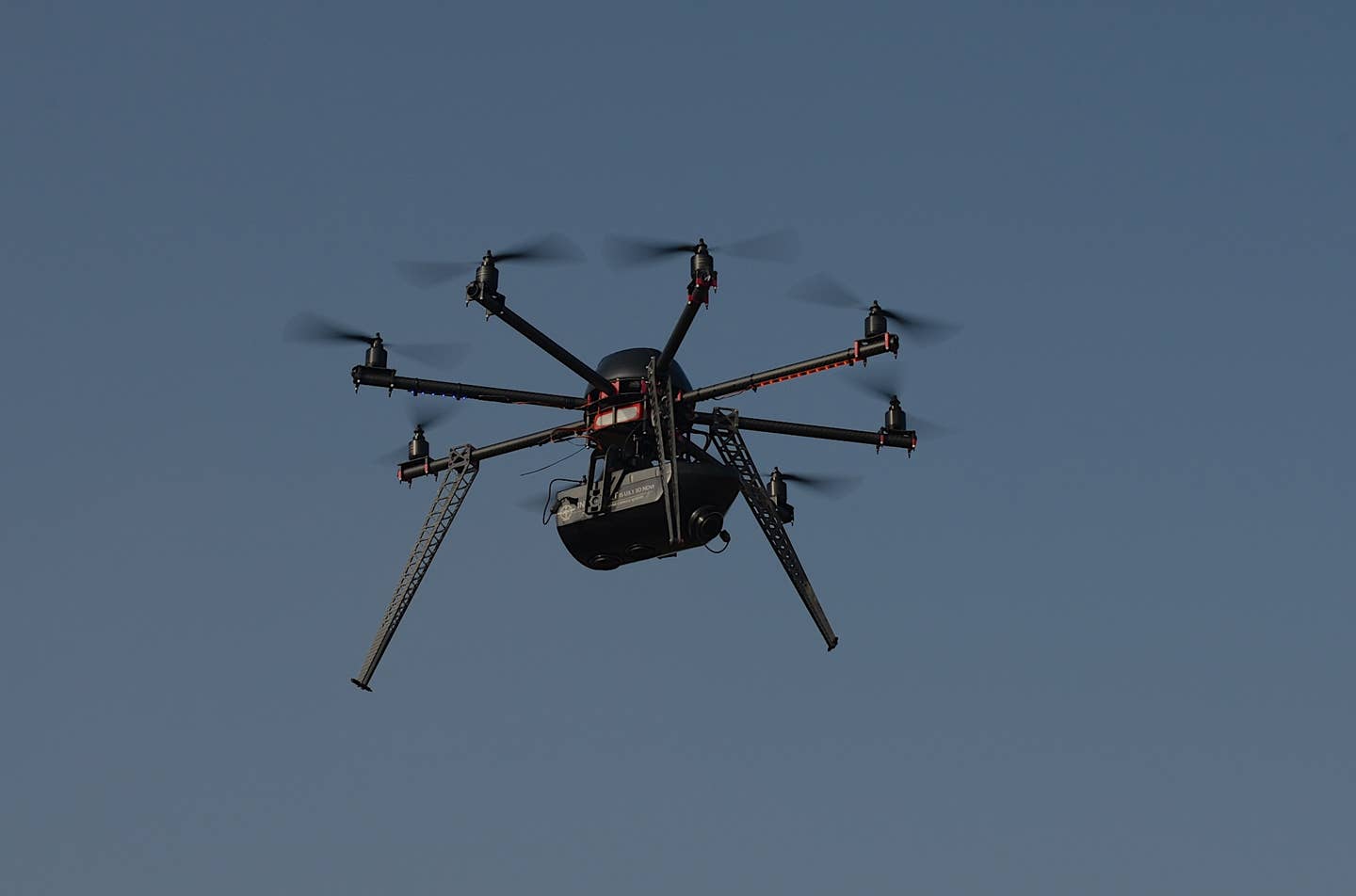The Shimmer Of Autoland
Finally, technology has made it possible for us to fulfill the dream of not flying our airplanes.

The world is all agog over the news of Garmin’s Emergency Autoland. I’ll admit that any news from Garmin is usually impressive—and possibly discouraging to competitors—but when I first heard the radio commercial, I thought it was the name of a used car dealership in Oklahoma City. But was surprised to learn it had an aviation slant: “C’mon down to Bob’s Autoland! No license? No training? No problem! Every Autoland pilot is a hero, so black out the PIC, push a button and enjoy uninterrupted Netflix all the way to your awaiting Uber.”
(Music up)
“Autoland, Autoland
The future is nigh
In Au-to-laaand!”
OK, there was no commercial. And parody is protected under the 1964 Supreme Court decision, Irving Berlin, et al. v. Mad Magazine, but I tell ya, the future is here and none too soon. With the touted “looming pilot shortage” and related instructor shortage, teaching “pilots” to “fly” airplanes that land themselves is exactly what our connected world needs and exactly what didn’t bring me to aviation back when leaded exhaust fumes were lowering my IQ and permanently sealing my brain cells in the 1960s.
For some weird reason I’ve always wanted to be at the controls, making the decisions and accepting the inevitable consequences of my incompetence. Granted, I no longer fly IFR (where I’d take every high-tech advantage possible) and have never flown airliners except as a passenger in Fate’s hands. So, yeah, automated assistance sounds good, provided there’s a human who once taught aerobatics in a Stearman up front to say, “This doesn’t look right,” before things don’t look right.
A while back, I was invited to participate in a study, conducted in a flight simulator with scientists in Clockwork Orange lab coats measuring my eyeball reactions to stressful situations, including one where a mechanic hands me the bill for my airplane’s annual. Part of the simulation involved electronic checklists. Since it’s proprietary stuff, I can’t give details. Plus, I don’t speak Russian so was never certain what was going on. This wasn’t a pass/fail simulation, but I’m certain had it been real, all on board would be dead, because after several emergency approaches on instruments and running through digital checklists, I noticed that I was good at ticking off the items but had absolutely quit flying the airplane.
I was embarrassed and apologized, saying I was just a tailwheel instructor from a grass strip in Iowa, but the evaluators explained that they wanted to test a wide range of pilot types from highly experienced ATPs to “guys like you who should never be allowed to fly anything with systems more advanced than a starter button.” I asked them to show me, again, which one was the starter button. When they make simulators that need to be hand-propped to start I’ll show more interest.
I respect high-tech. I just don’t get it. Literally don’t have much high-tech stuff. My lack of understanding of tech’s potential emerged around 1978 in California when I was with my friend John, who was a student pilot, struggling to master landings in a Piper Archer. Crosswinds vexed him as they have so many of us since Orville first said, “Wilbur, unless every runway is pointed into the wind this flying thing isn’t going anywhere.” They then hired a law firm to sue the wind, won, and the rest is history.
John, who later went on to make his fortune in Silicon Valley, asked, “Why can’t they make airplanes with computers that will land themselves or at least correct for crosswinds?” Then, using expansions of Schrödinger’s Equation, he postulated that if you knew the wind velocity and direction plus the runway’s orientation (heading, not sexual) it would only take simple quantum math and applied engineering to guarantee perfect—or at least acceptable—landings every time. He then tried to define time. I’d stopped listening because a pretty Cub taxied past with the clam-shell door open and took off on the grass between the runways, where it vanished into the parallel dimension where I usually fly, thus eliminating any need for high-tech crosswind apps.
Here’s the point. (You were thinking I didn’t have one?) John saw and embraced the Autoland future. I saw the past in an old taildragger on grass, flying back in time. There is no point in looking to guys like me for a clear vision of how to handle the marvels of what is no longer yet-to-come but is already here and rapidly becoming yesterday’s headline.
Autoland for GA strikes me as the greatest safety and marketing advancement since Ballistic Recovery Systems (BRS) made arrivals in any questionable situation terrifyingly possible. If Autoland gets more people to go aloft, comforted by high-tech assistance, then I’m all for it. How they come down is irrelevant. Because as the old saw goes, “Any landing you can call your attorney from is a good one.”






